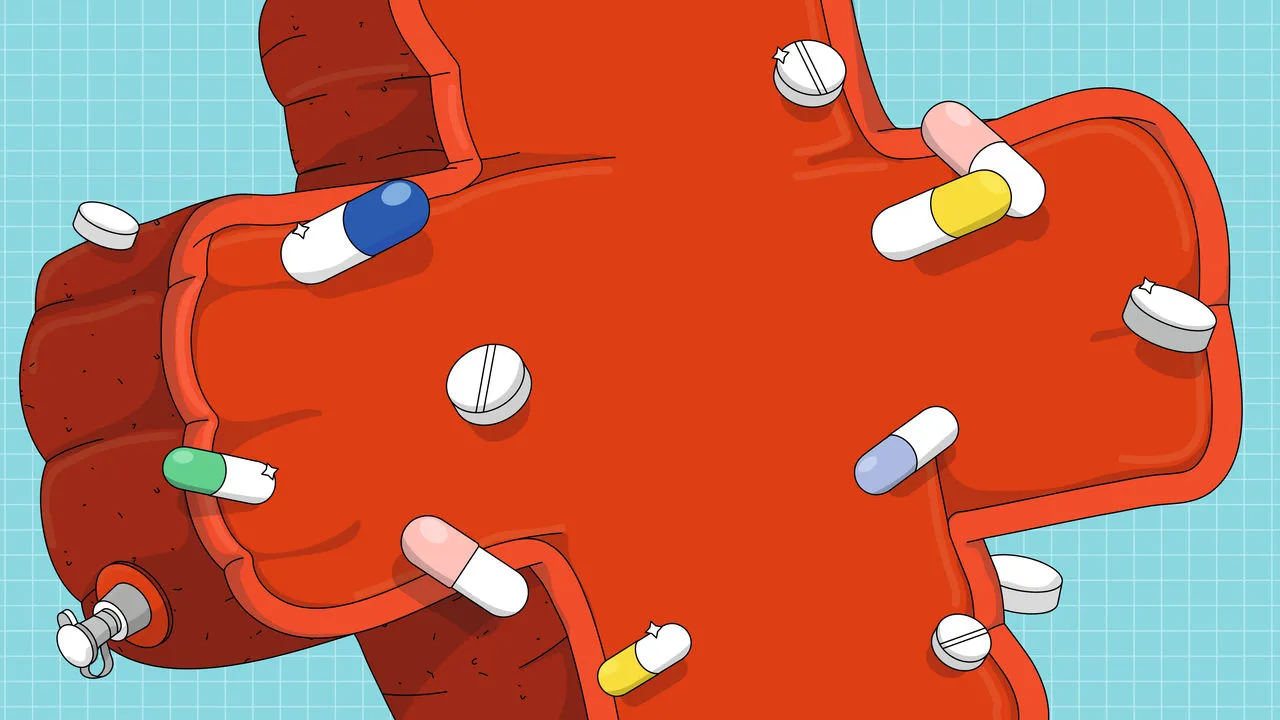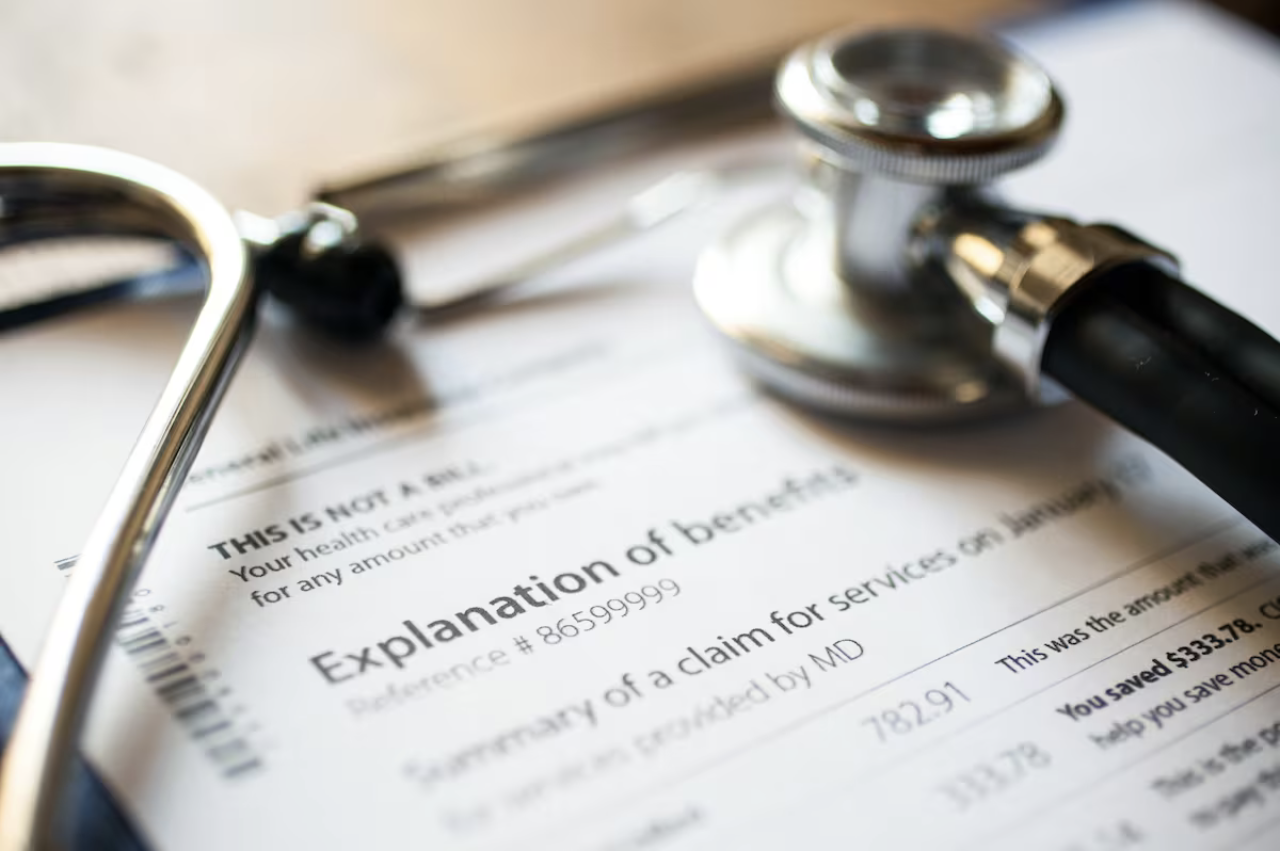Dental insurance is not really insurance. Your health and car insurance are ways to reduce your risk of large, unforeseen payments. You make regular small payments and in return you don’t have to pay for a new car if you are unlucky and get into a major crash. Your insurance covers that. Yet, at Harvard, dental insurance doesn’t work that way. Harvard’s dental plan for graduate students for the 2019-2020 academic year has a premium of $558 for an individual. In return, dental services are fully or partially covered. That biannual cleaning? It’s free when you have insurance.
But two cleanings will only cost you $207 when you go to Harvard Dental Services without insurance. If you are a particularly diligent dental patient, you may anticipate an annual exam with X-rays. That costs $175 out-of-pocket. So, even if you follow all the recommended annual care, you will save $176 dollars by opting out of the student dental plan.
At this point you may still hesitate to forgo insurance. What if you get in the equivalent of a dental car crash? Maybe a lifetime of candy consumption will finally catch up with you. Won’t you be happy in that event to have insurance to protect you from financial hardship?
Maybe.
The plan has a $1,500 plan-year maximum and a $50 deductible. A dental filling costs between $180 and $400. So let’s say you need one filling that costs $250. With insurance, you would pay $50 to cover your deductible and then 40 percent of the remaining cost ($80). Together with the $558 you paid as a premium, you’ve incurred $688 in total expenditures.
Had you instead paid for two cleanings, X-rays, an exam, and the same tooth filling out-of-pocket your total expenditures would have been $632. You save money by opting out of insurance. Even if we increased the severity of your dental misery to two fillings at a total cost of $400 dollars, the savings from having dental insurance is only $34.
You would have to spend at least $343 on basic benefits such as fillings or crowns above all routine preventative care to break even with insurance. This break-even point jumps to $635 if you only intend to get two cleanings in a given year. At most, dental insurance affords you $1,324 in savings (at 40 percent coinsurance) compared to paying out-of-pocket for care because of the plan-year maximum.
With a low plan-year maximum and coinsurance at 40 to 60 percent, dental insurance doesn’t provide the same financial protection as your car insurance. Reframe dental insurance as a pre-commitment payment plan rather than insurance.
As a patient, I used to treat medical and dental appointments as a one-way conversation. The doctor knew what was best and it was my responsibility to follow her advice. As a health policy researcher, my conversations have evolved. I ask my doctors about why they are recommending care and if there is flexibility in the timing and intensity of treatments.
Cost-benefit tradeoffs are personal and complex. The full list of benefits available in the Harvard plan are available online and are worth reading to fully understand how dental insurance can and cannot provide financial protection. These issues are not unique to the Harvard student plan but are systematic characteristics of most dental insurance plans available in the individual market. Premiums are high relative to the financial protection you buy. If the idea of paying for two cleanings (or additional care) is financially untenable, there are cost-effective options at local dental schools such as Tufts University or Harvard.
We are bombarded with financial decisions every day. Dental insurance need not be a difficult one. There are cases where dental insurance makes sense. There are also lots of cases where a graduate student should rationally opt-out. Every year, take stock of your expected needs and think through what dental insurance will really buy you. In any given plan-year it buys you up to $1,500 potential protection. To incentivize you to stay, that can reach up to $3,000 with year-to-year rollovers.
Dental insurance is optional. Optional insurance plans attract two types of individuals: people who expect to need care like multiple fillings or dental implants that warrant the insurance premium and deductible, and people who wouldn’t rationally buy insurance based on their expected needs.
I’ve been in each of these groups. If you are in the latter category and you are up for it, take a chance this year. Pay out-of-pocket for dental care.
Katherine T. Lofgren is a sixth-year student in the Graduate School of Arts and Sciences.
https://www.thecrimson.com/article/2019/9/10/lofgren-double-check-dental/




